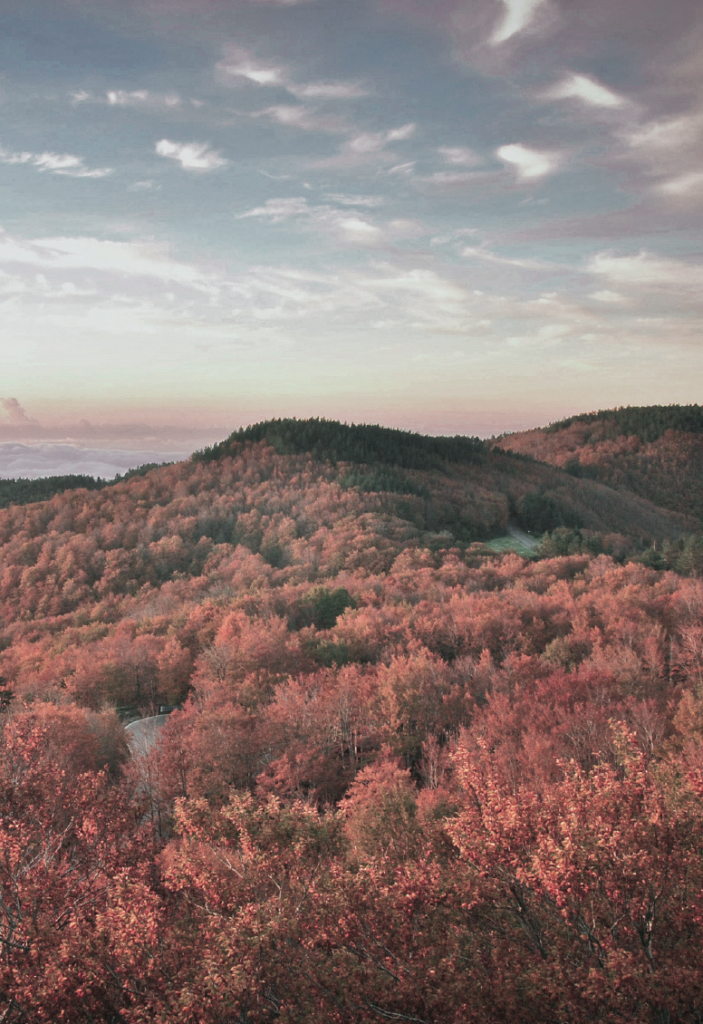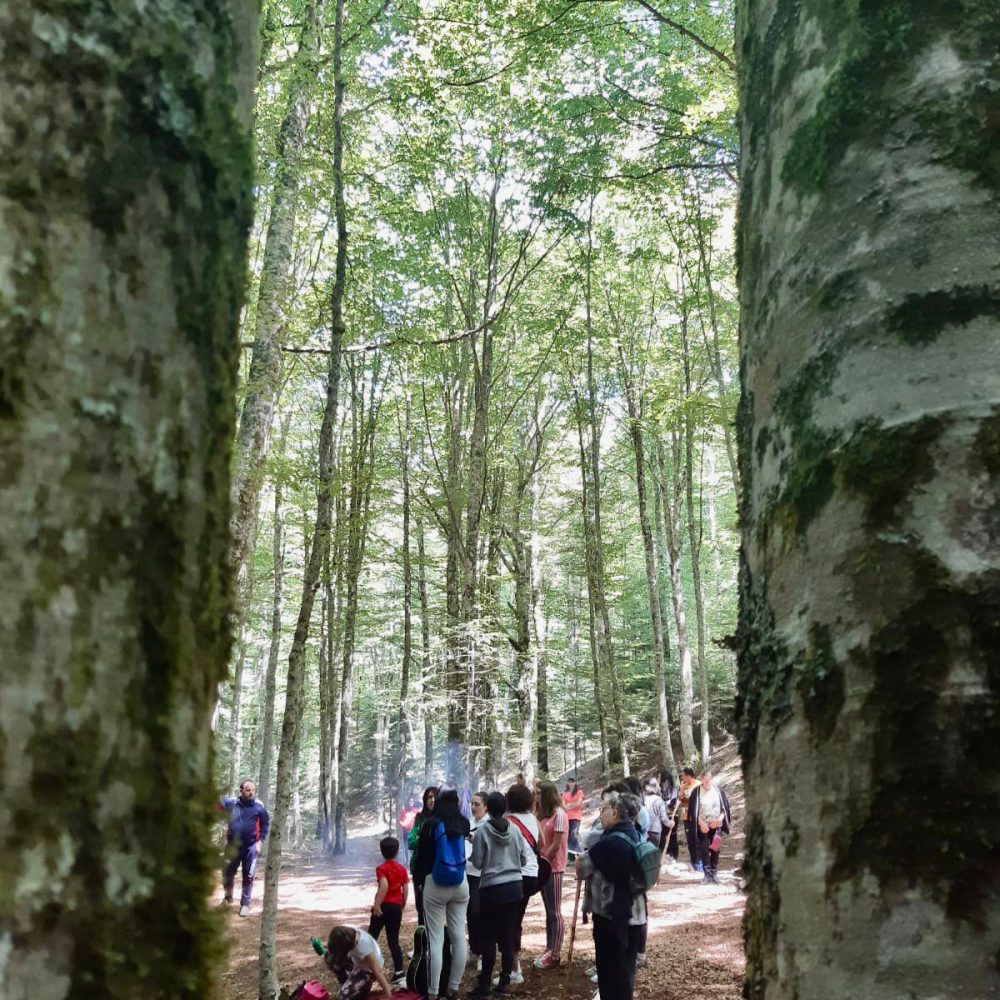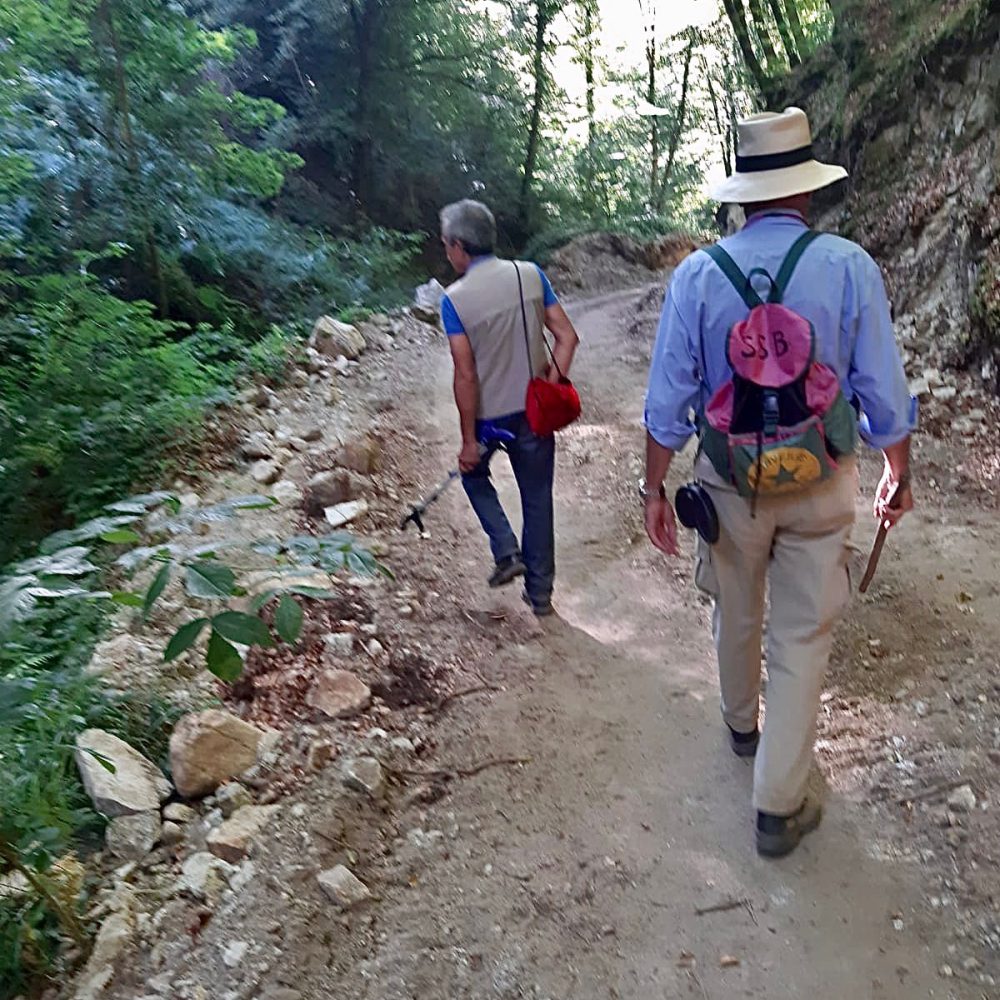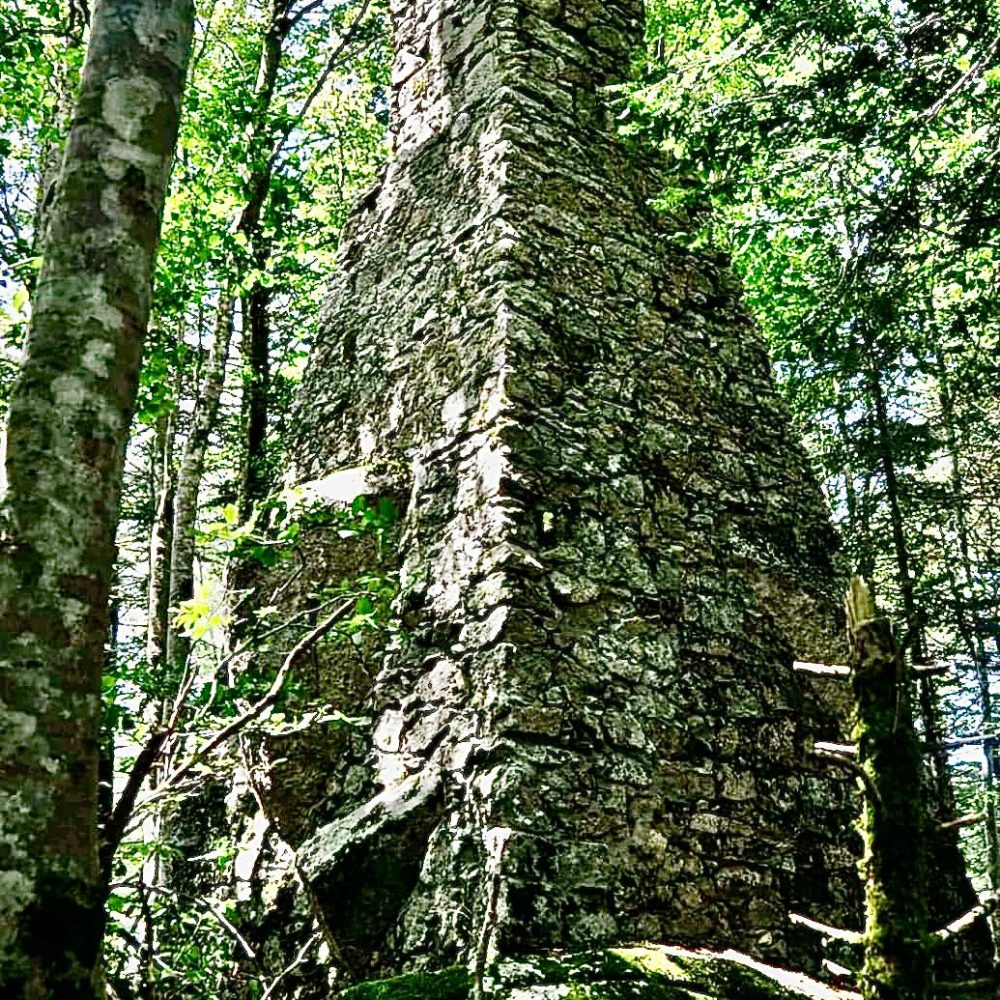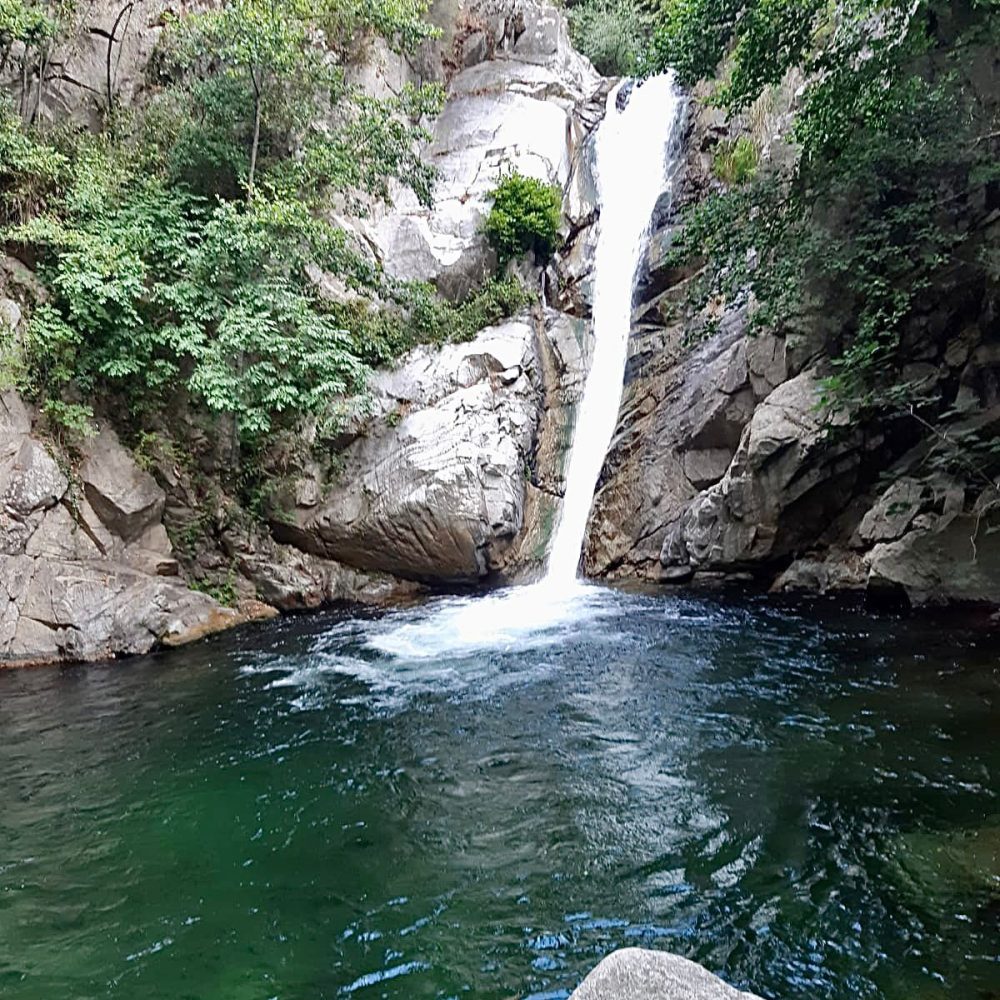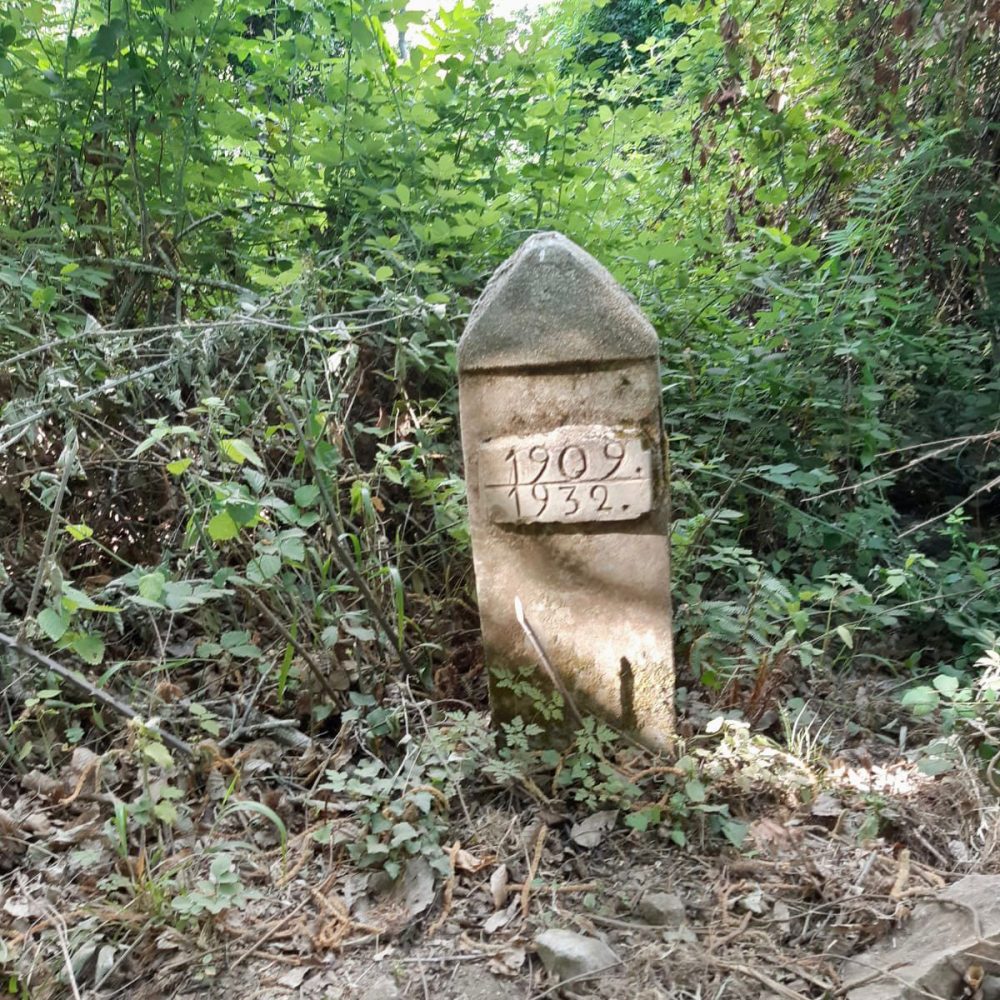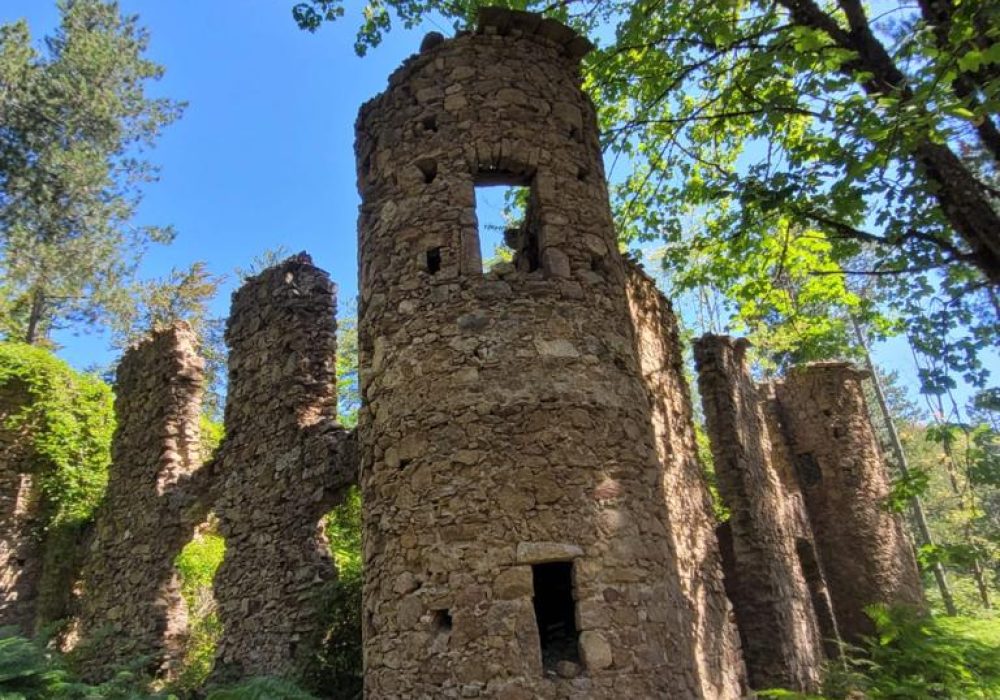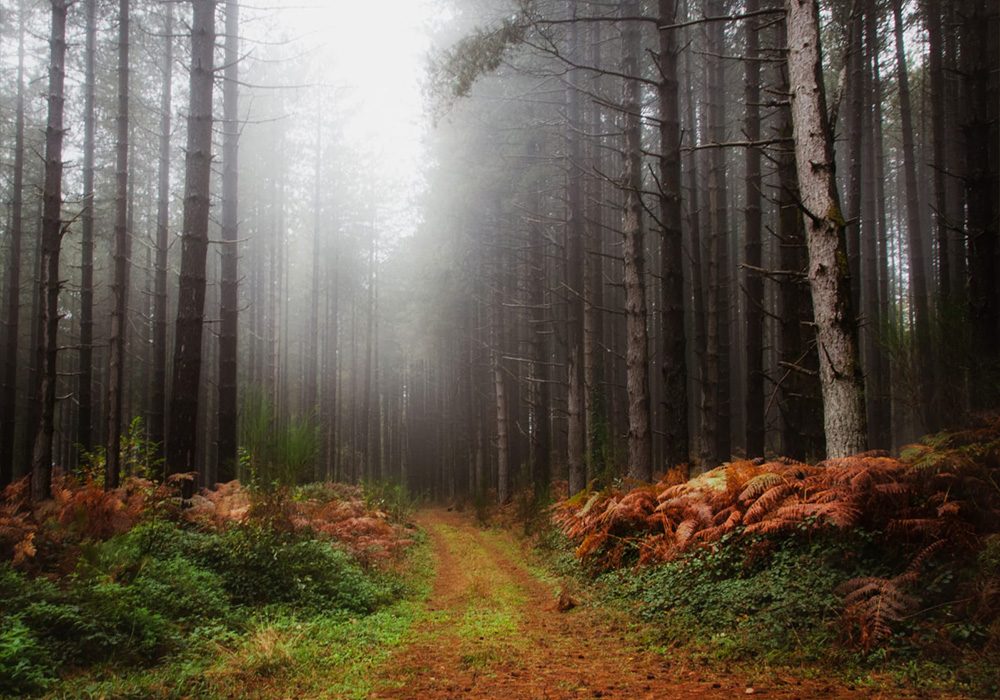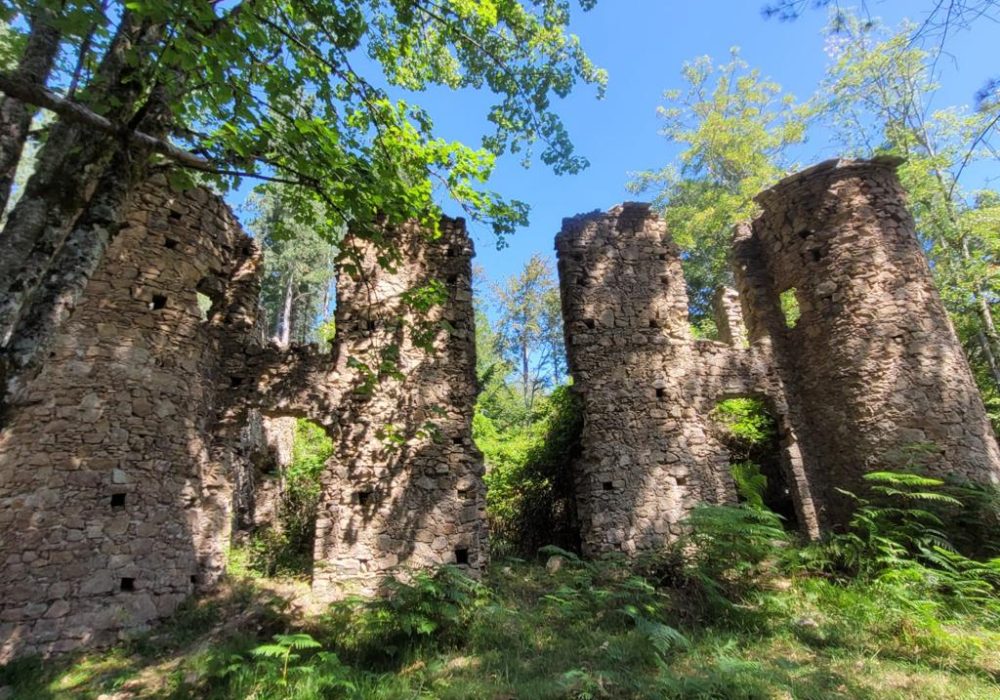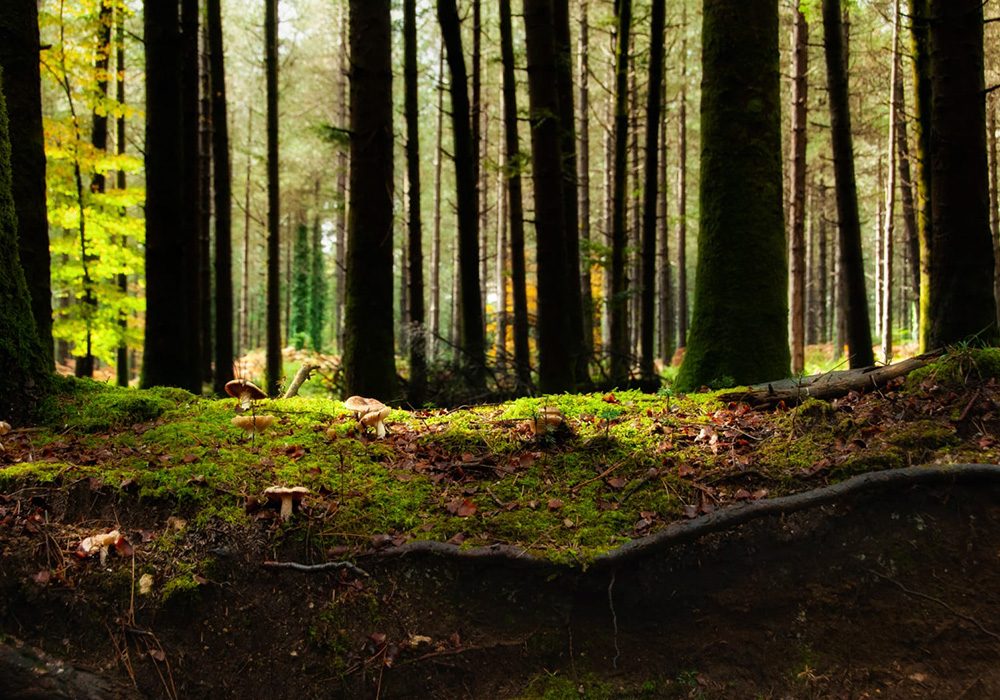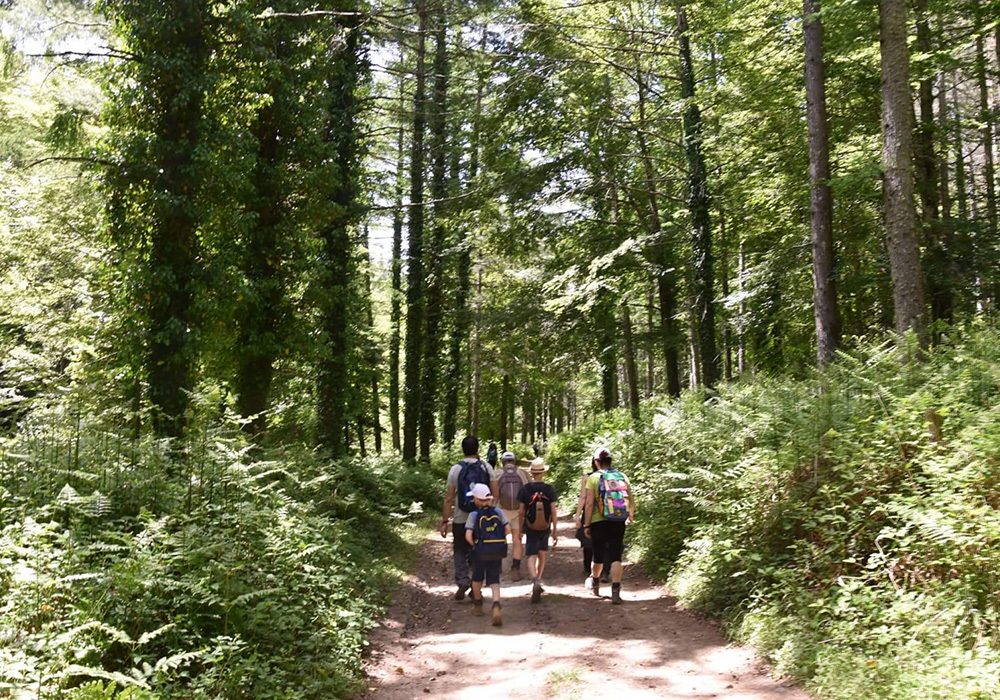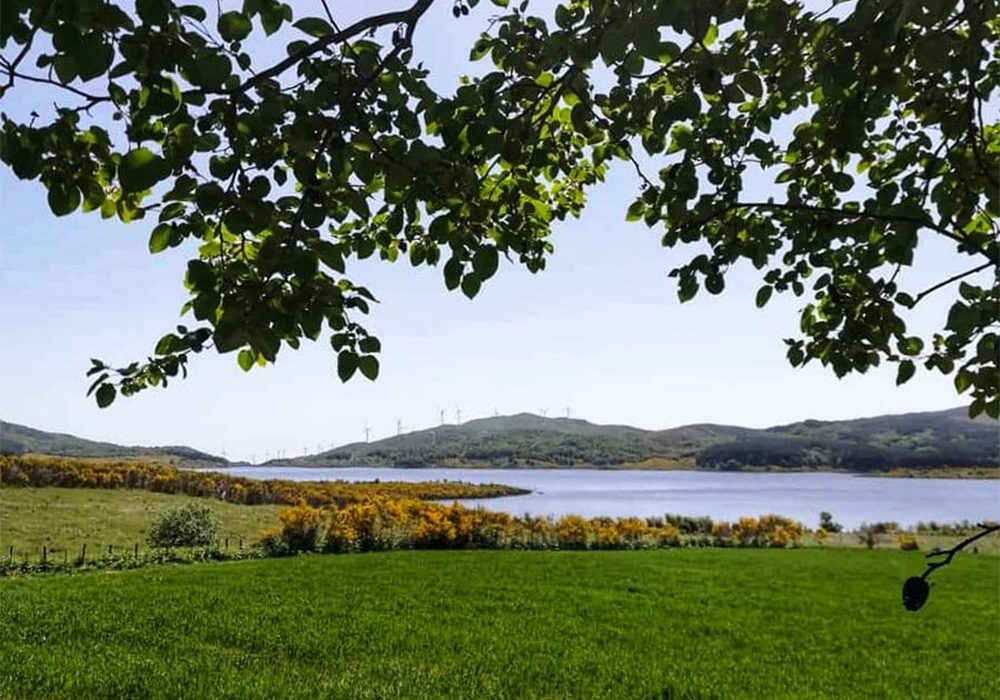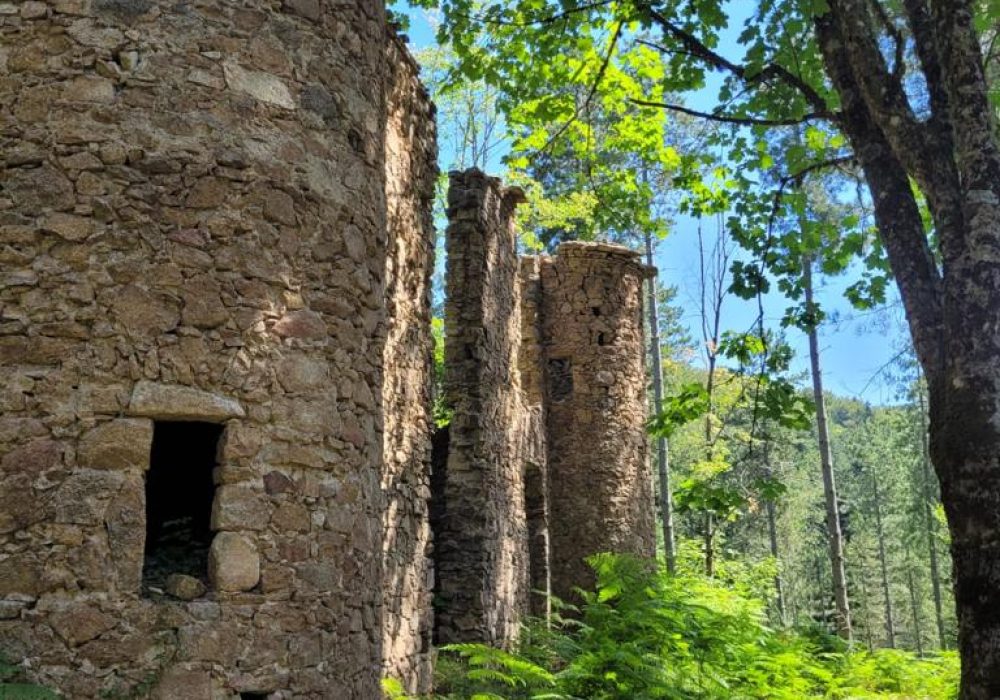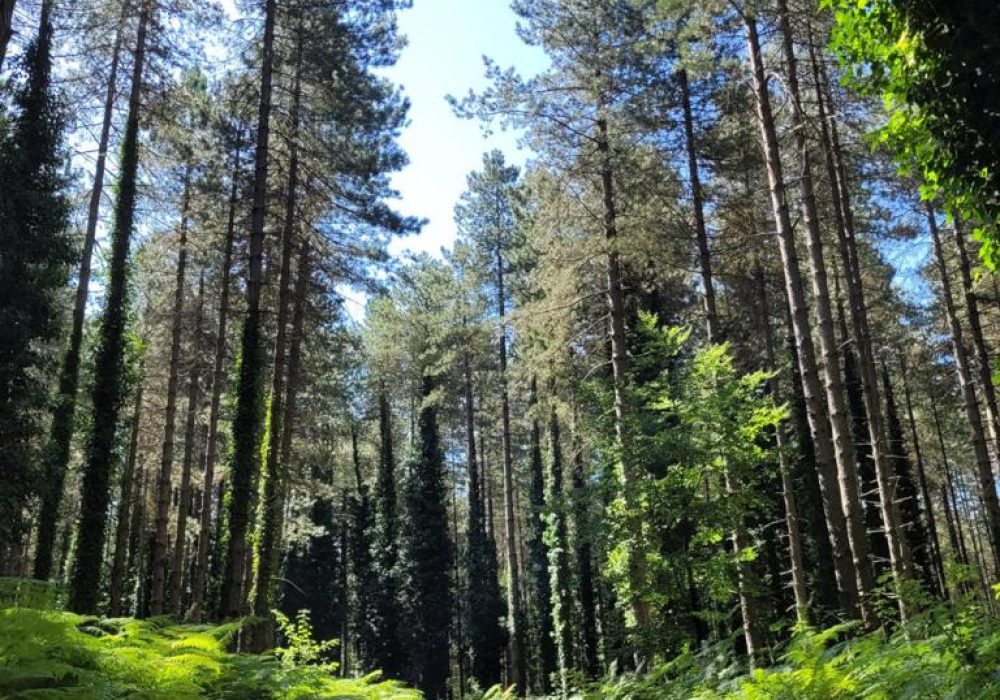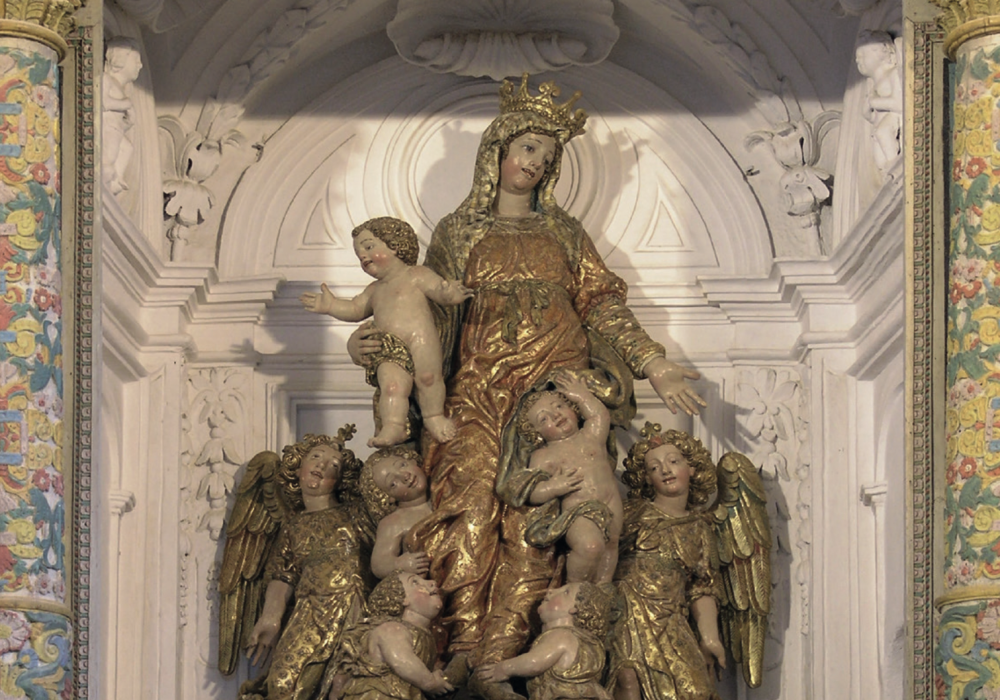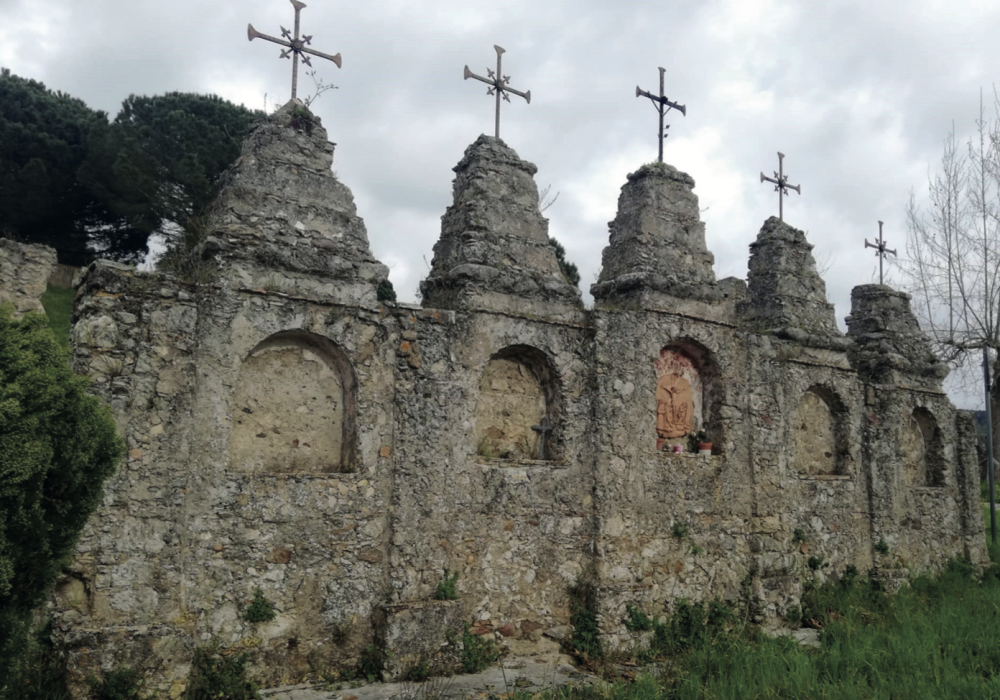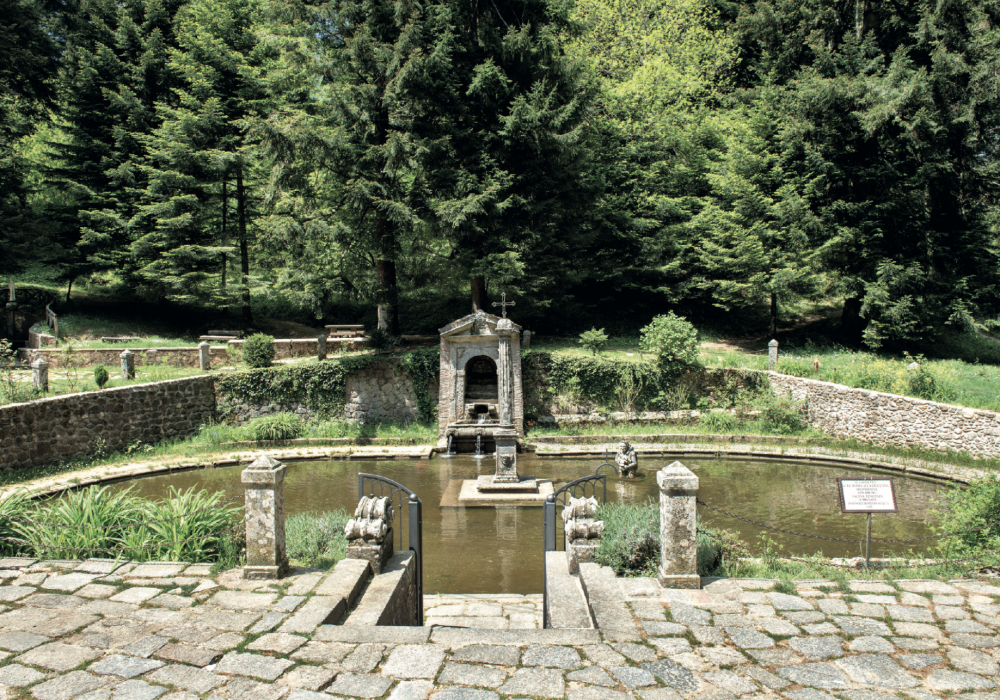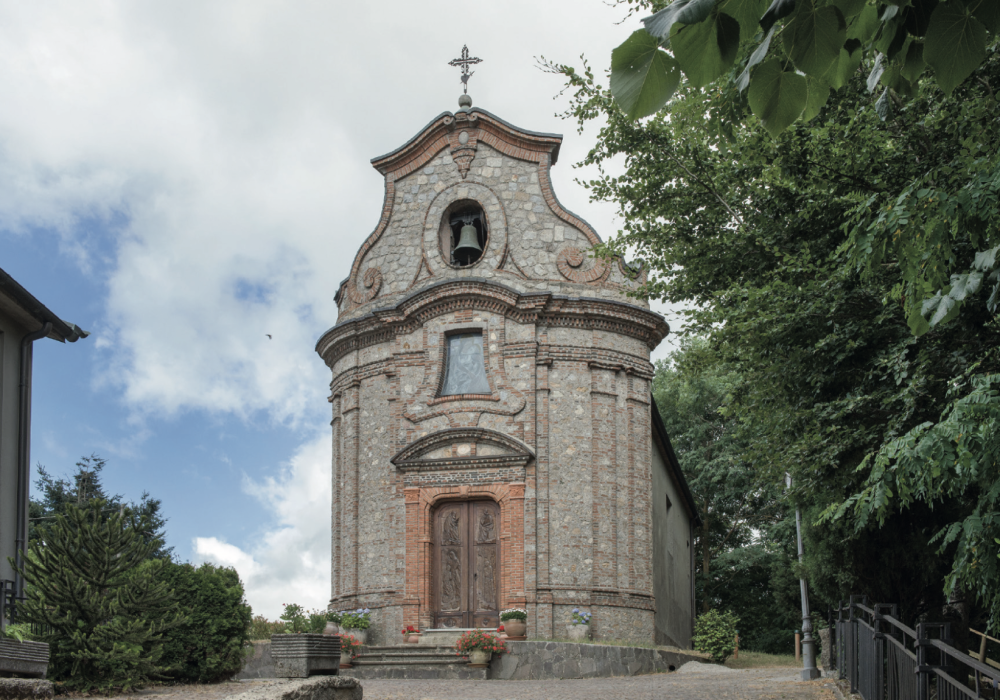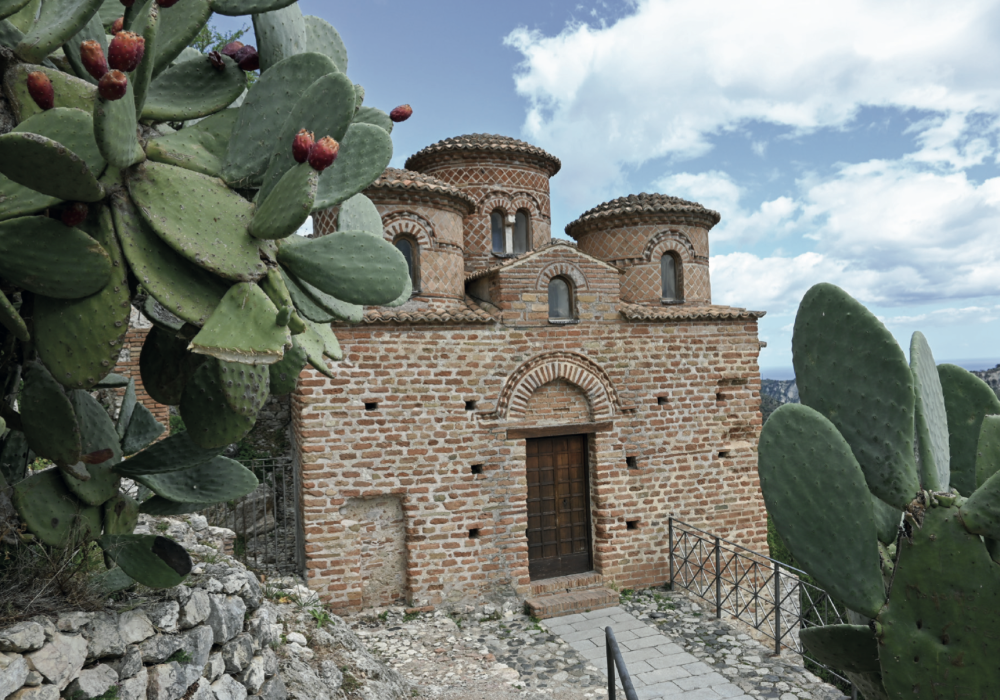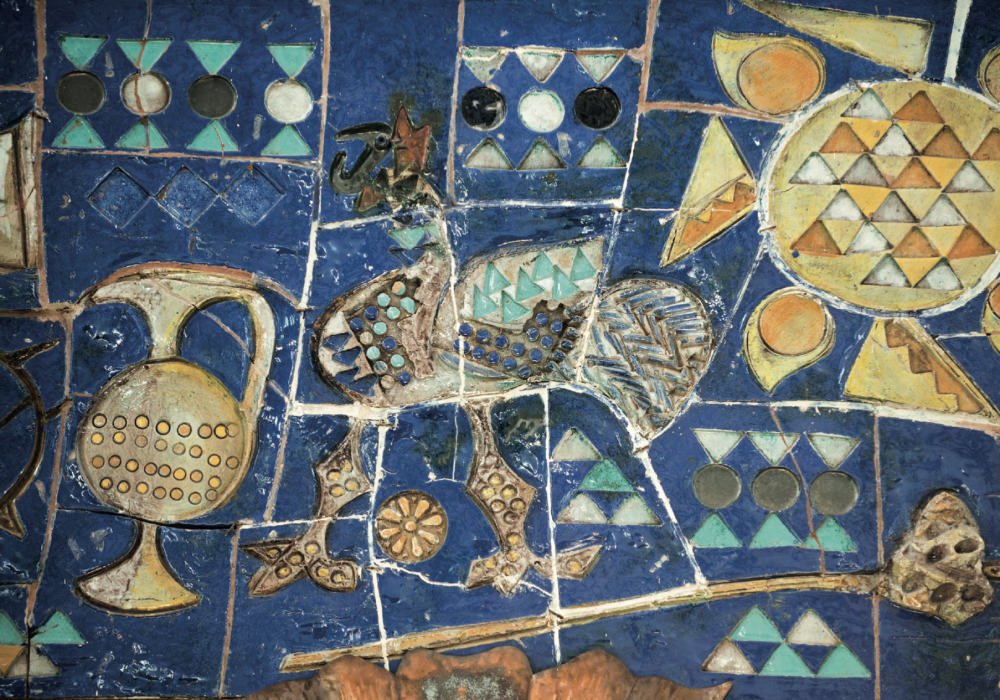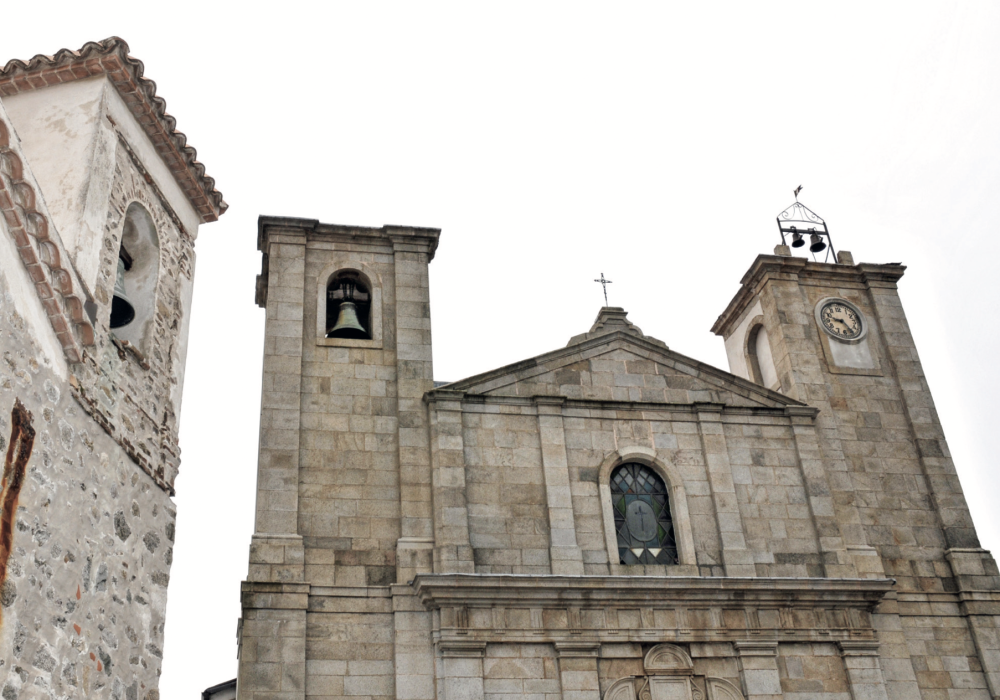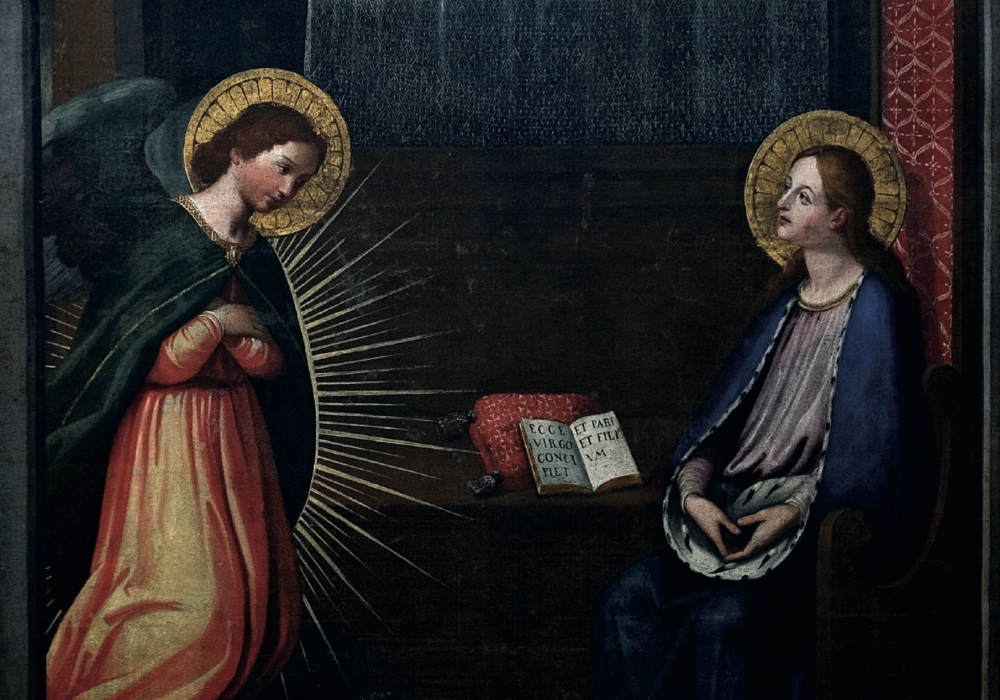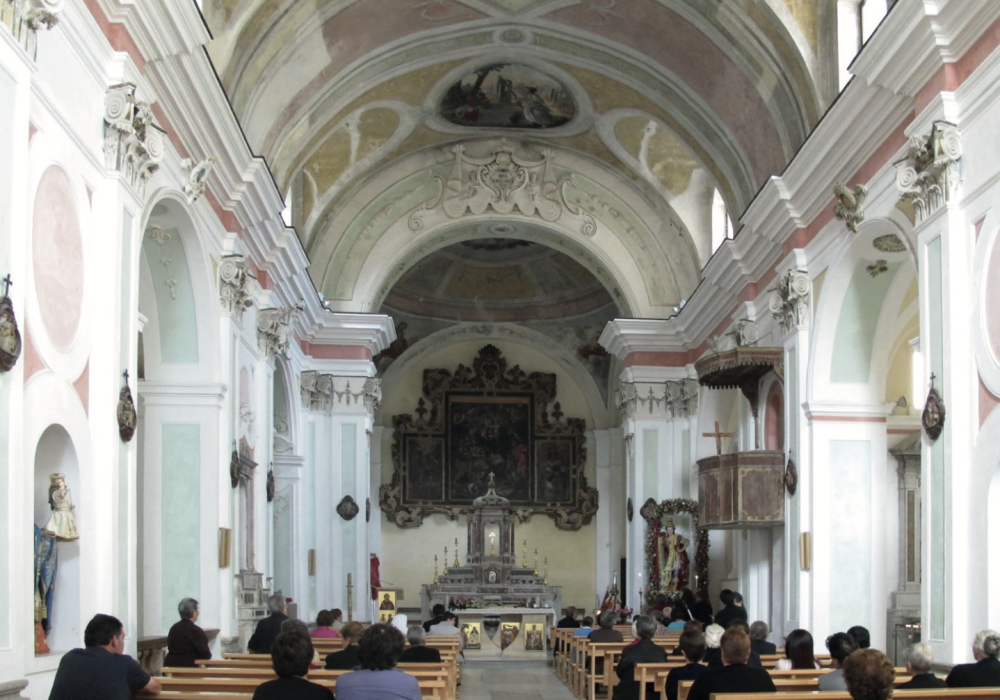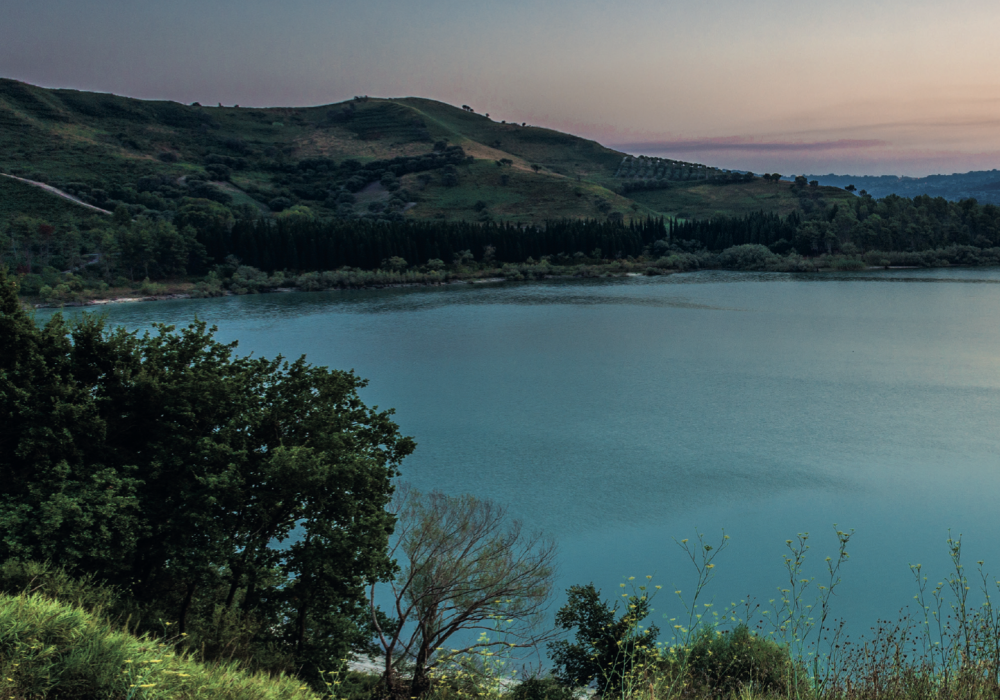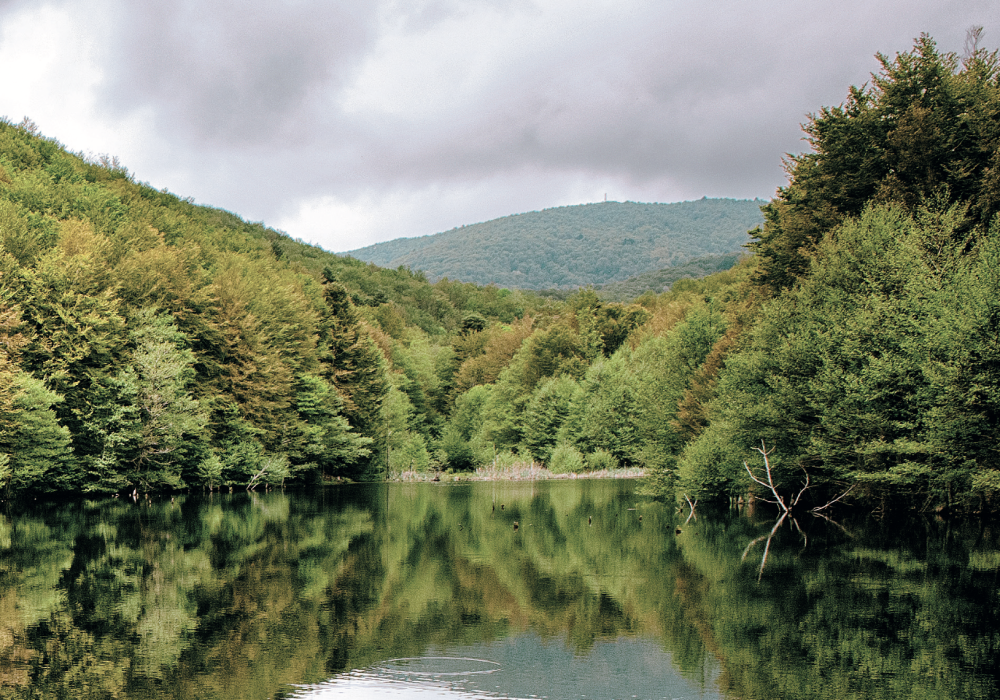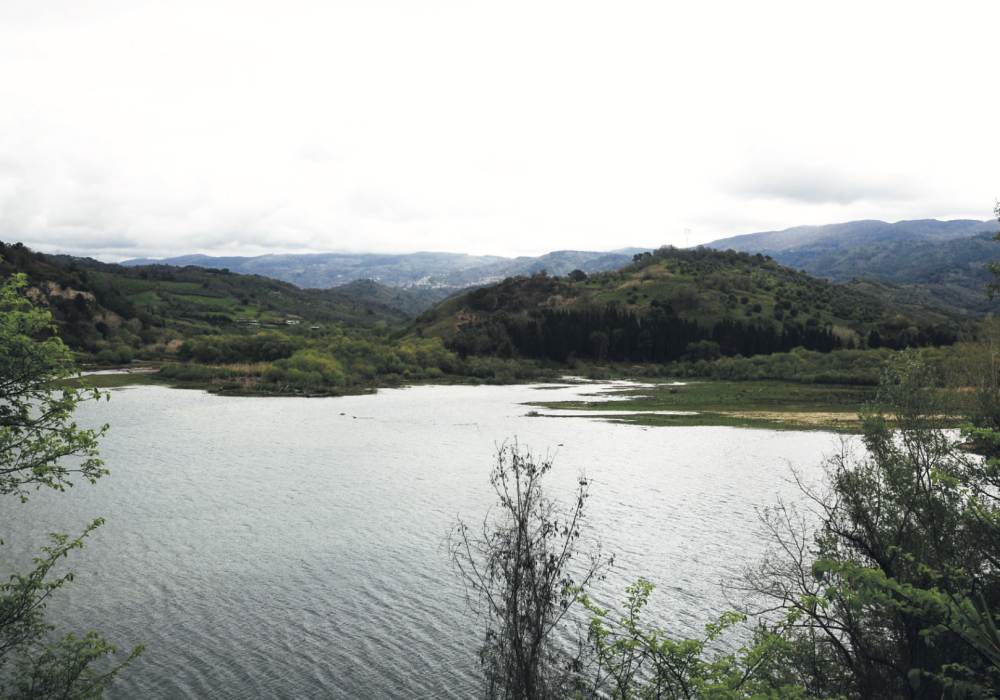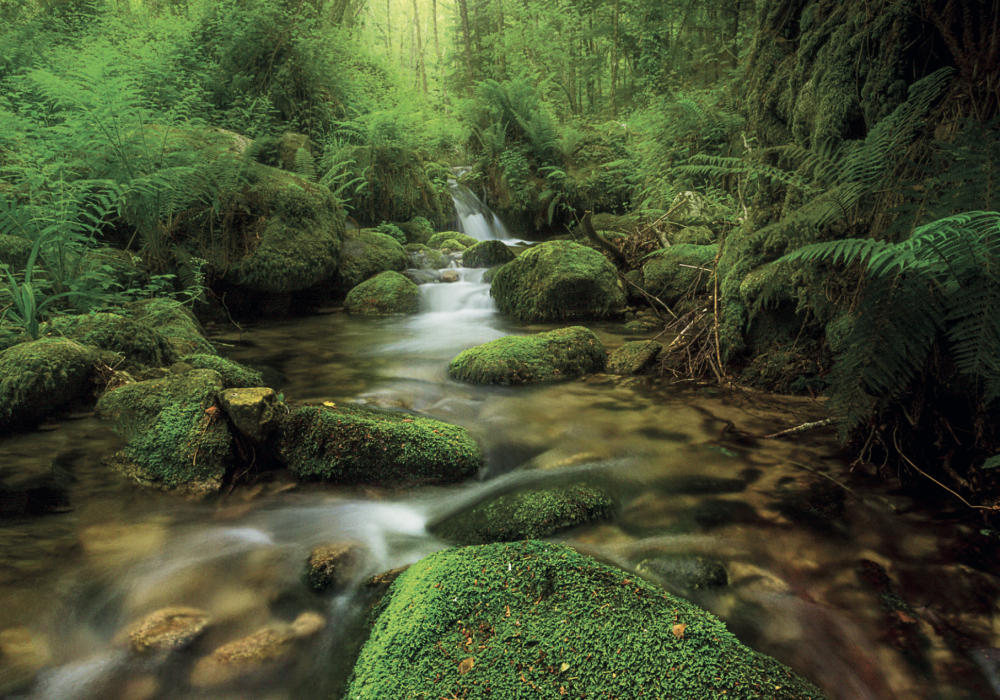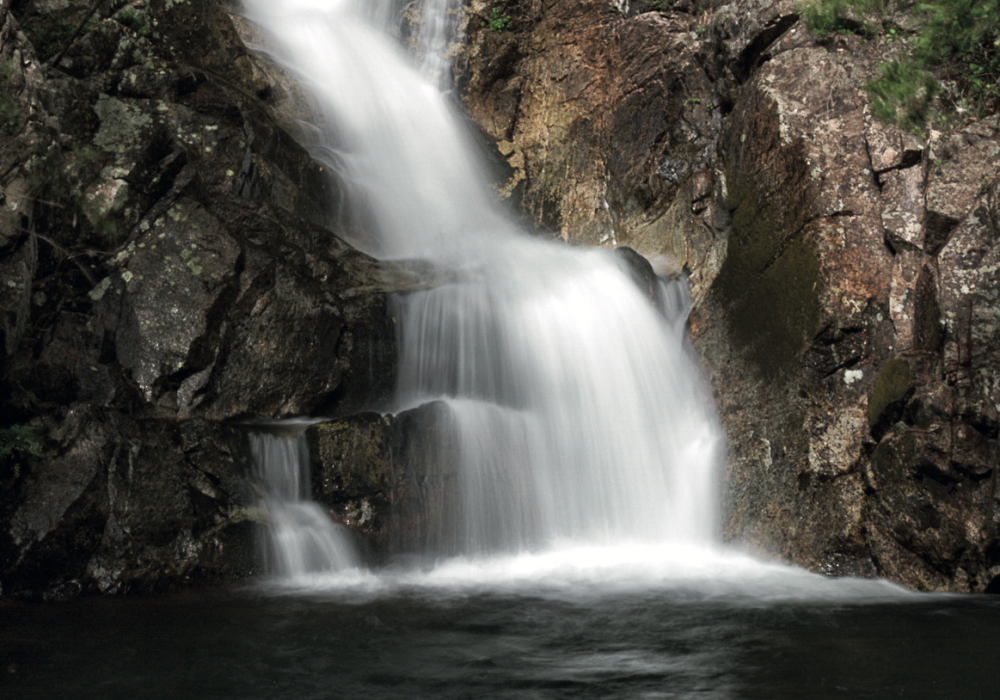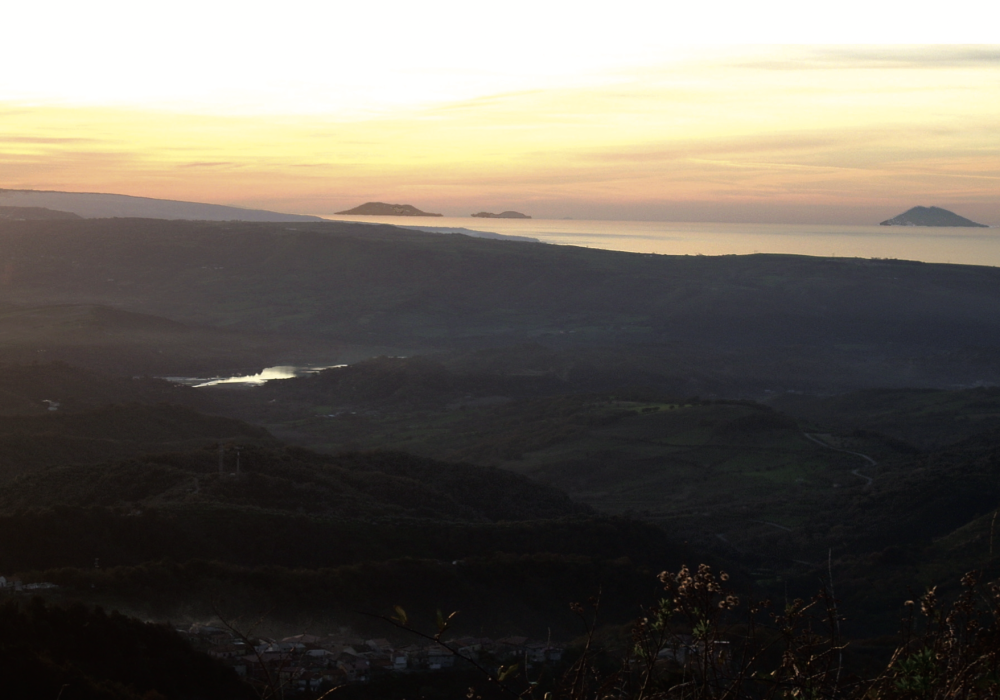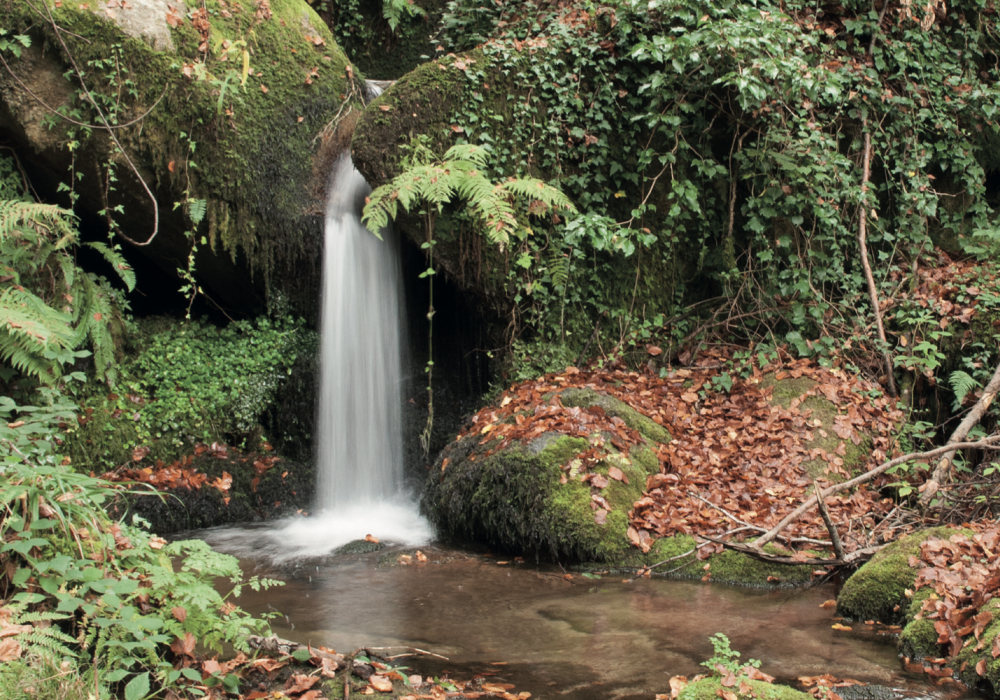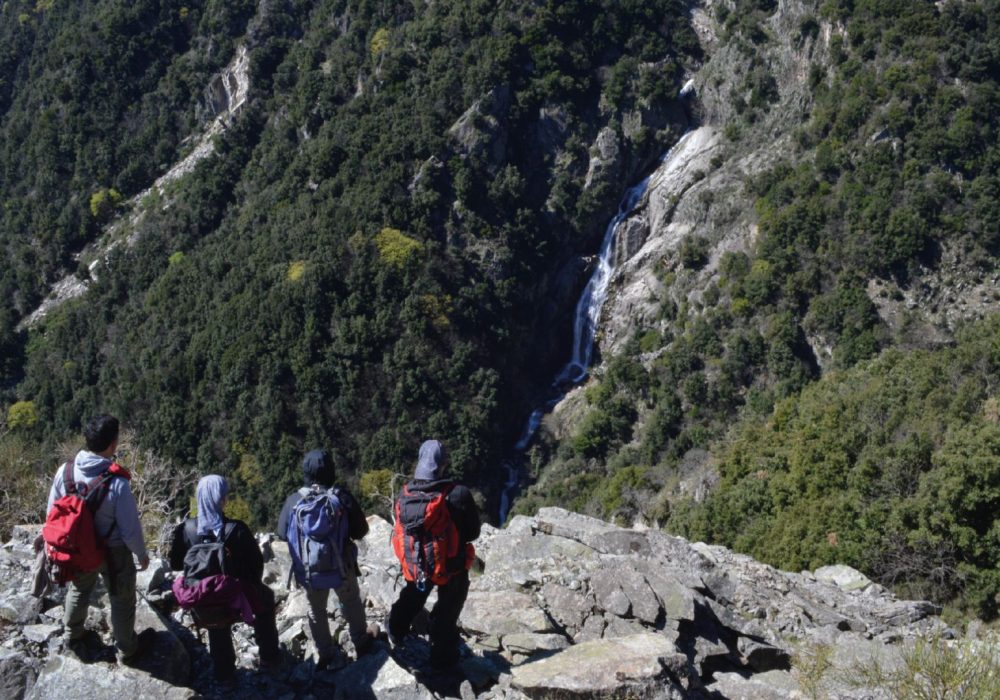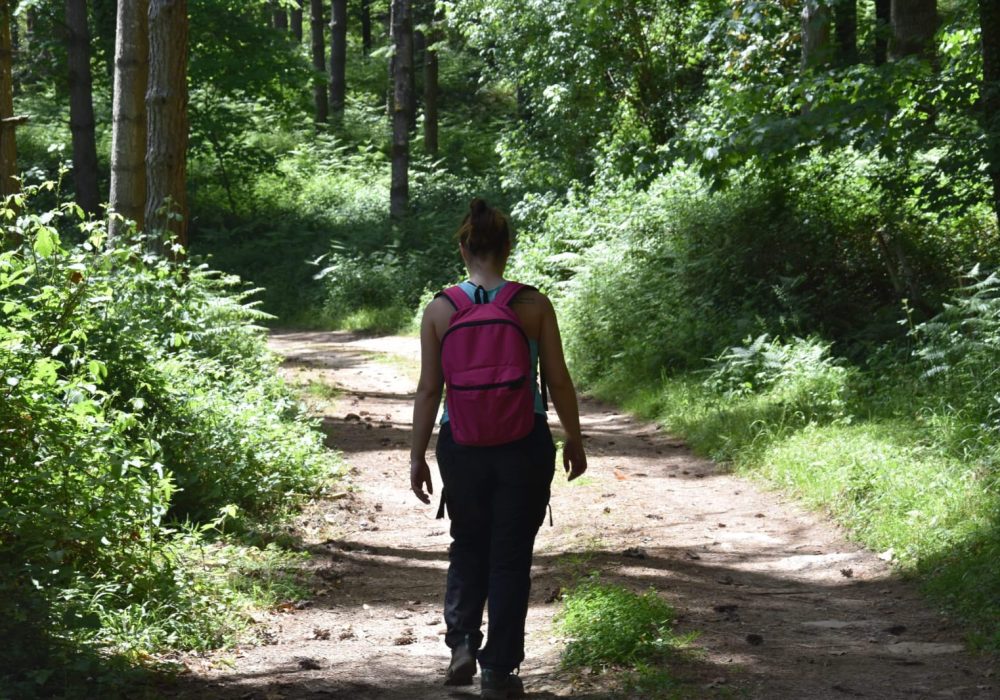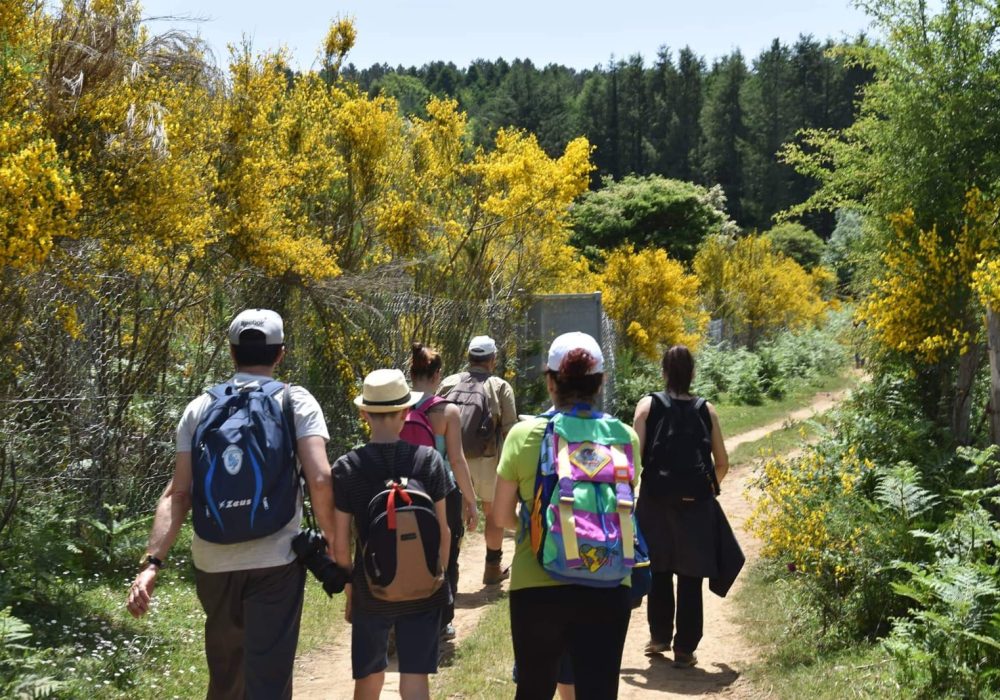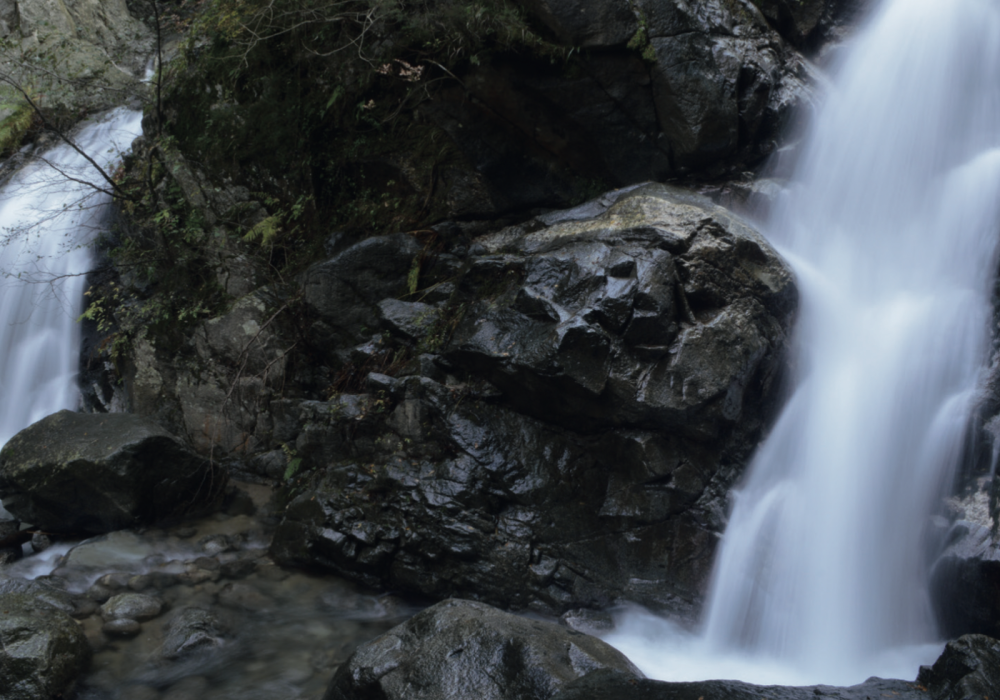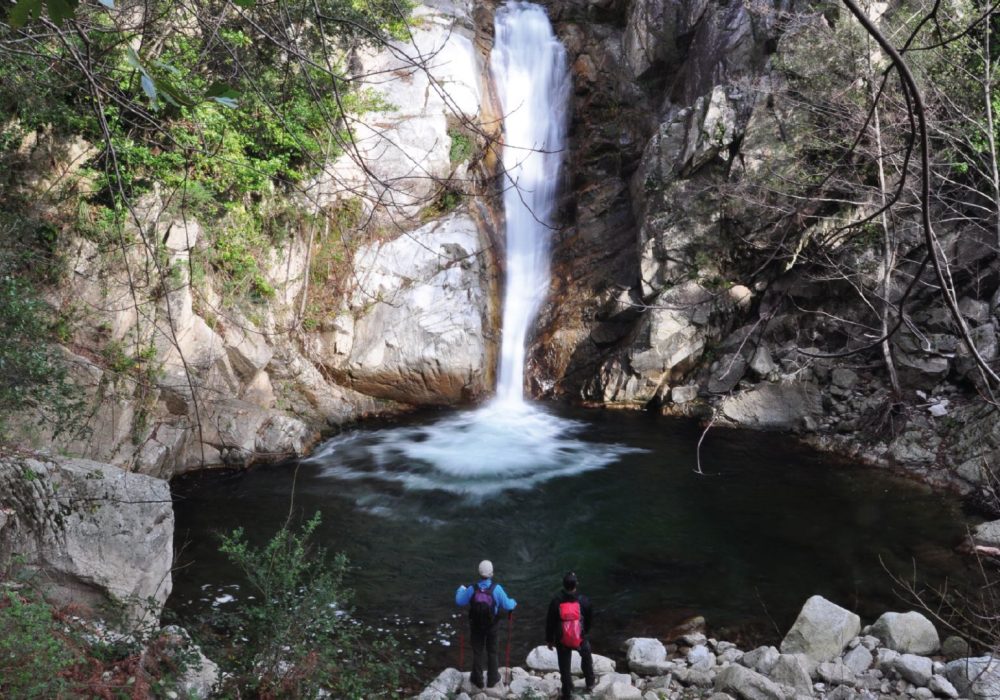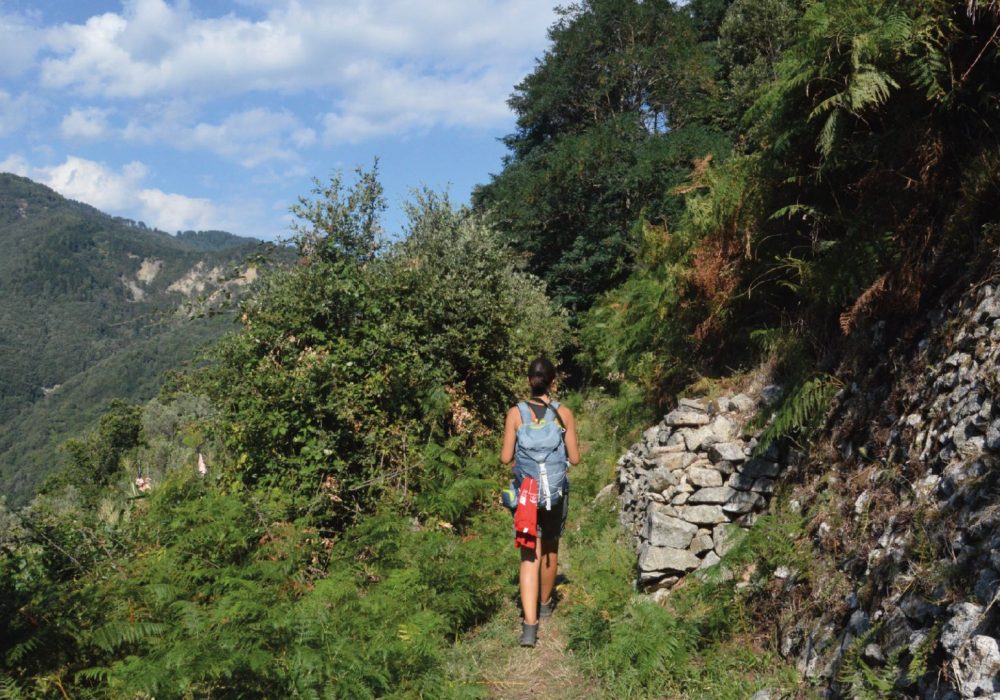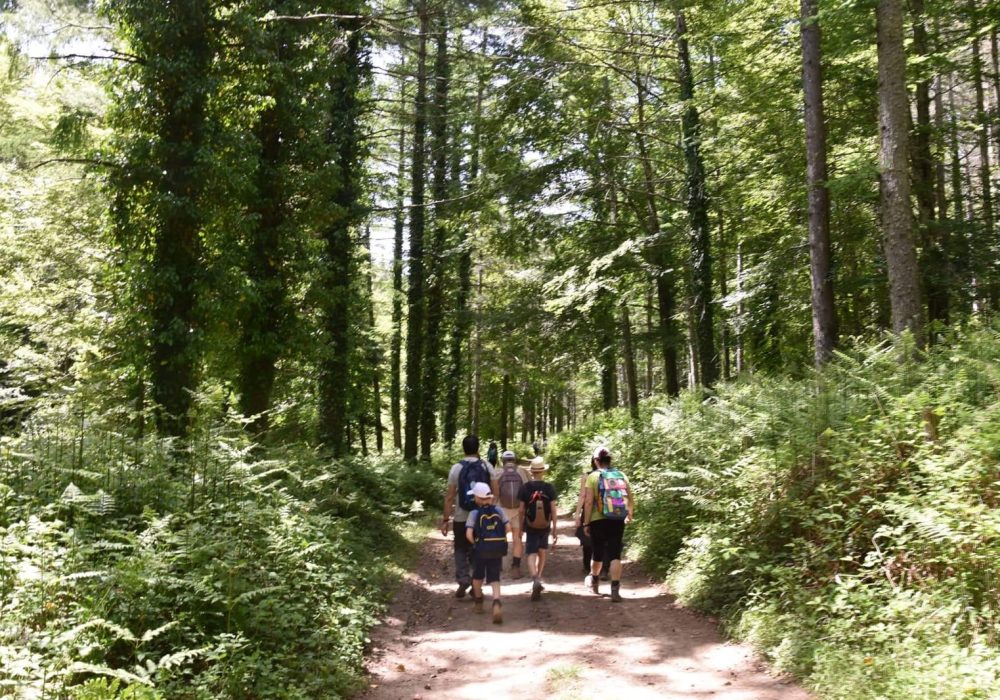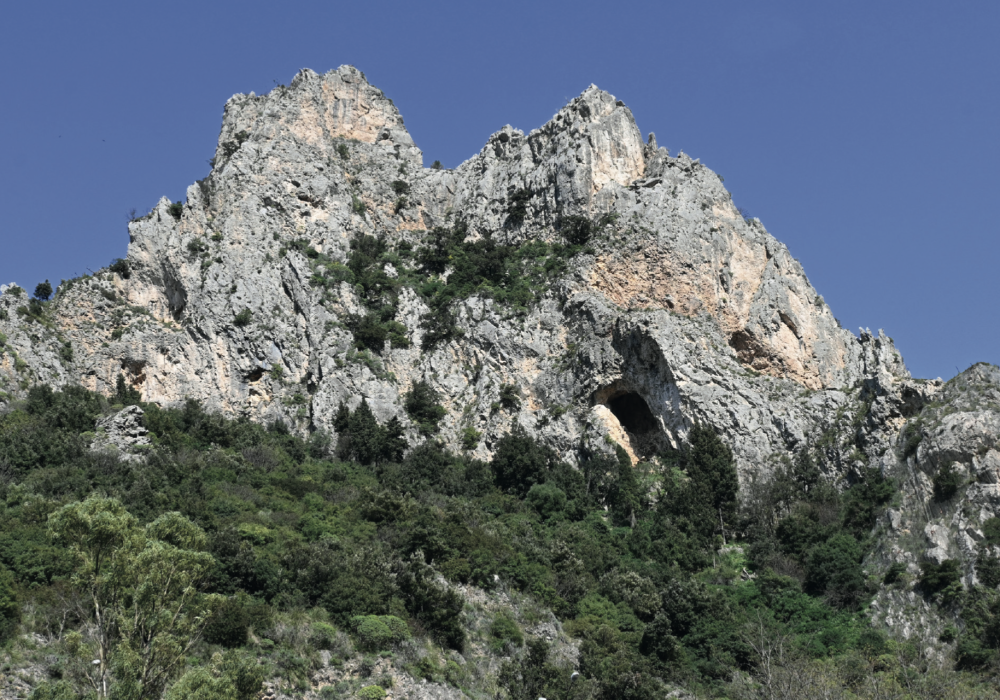King's Beech-Speranza Trail
From Faggio del Re, an evocative location in the heart of the Serre, we immerse ourselves in the Marchesale Biogenetic Reserve, an unavailable state heritage site, the mountainous slopes of Monte Arrugiato and the high basin of the Mesimadar river pass the ‘La Speranza’ location.
Path Info
MUNICIPALITIES: Arena (VV), Acquaro (VV), Fabrizia (VV)
START: Faggio del Re SP 9, Fabrizia (VV)
END: Faggio del Re SP 9, Fabrizia (VV)
TIME: 4 h round-trip
DISTANCE: 13 Km
DIFFERENCE IN ALTITUDE: 340 m
MAXIMUM QUOTE: 1.162 m
MINIMUM QUOTE: 822 m
DIFFICULTY: medium
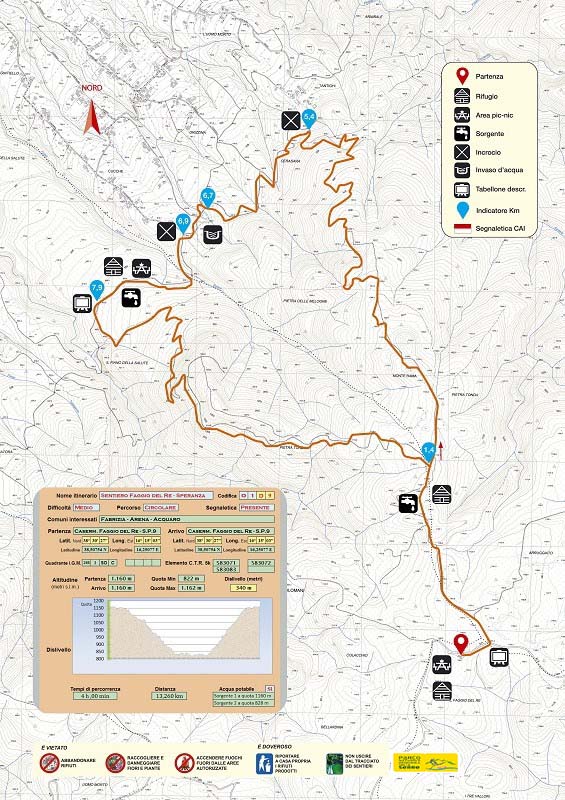
Description
Mountains covered with centuries-old beech and fir trees, springs and green meadows, fascinating views that take on a magical quality when the fog envelops them. It is said that King Ferdinand of Bourbon often frequented these places because of the abundance of game, and it is to him that we owe the name given to the starting point of this itinerary. We do not know the reason behind the second toponym, which remains no less evocative, ‘la Speranza’.
To reach Faggio del Re from the A2 SA/RC motorway, we take the exit for Vazzano and head towards Serra San Bruno and Mongiana. Once we reach the mountain, we continue towards the Marchesale Biogenetic Reserve (we will find signs along the road). Having passed the Monte Crocco pass, we find ourselves on the SP 9 road to Laureana di Borrello, just before the locality of Faggio del Re, which has a small forestry barracks with a fenced picnic area on the left and the ruins of a second barracks on the right, we leave the car. On the right, with respect to the direction of travel to Laureana, there is a small natural-bottomed road with a wooden fence. This is the starting point of our itinerary. We take the small road through beech and fir forests, with hunting signs along the way. After about 15 minutes, we reach the ‘Pietra Tonda’ forestry barracks, a one-storey building with red frames, surrounded by predominantly larch pine forest. A little further on we find a fork in the road. We take the road to the right. Along the way, we will find several small roads, often closed off by bars; we avoid them by staying on the main route until we reach a small clearing, where we take the branch-off to the left. After about 40 minutes, we will find the presence of wooden fences at the crossroads for the ruins of the “Jocà” barracks; we continue downhill on the left. A dirt track with a manhole cover cuts perpendicularly across our path; we turn left. As we proceed, we reach an asphalt road. We find ourselves in the locality of Cerasara di Arena. We turn left and, at the next fork in the road, take the dirt track that will take us to the ‘La Speranza’ picnic area in about 15 minutes. Here we can stop, quench our thirst and rest before resuming our return journey by taking the dirt road opposite the “La Speranza” forestry barracks.
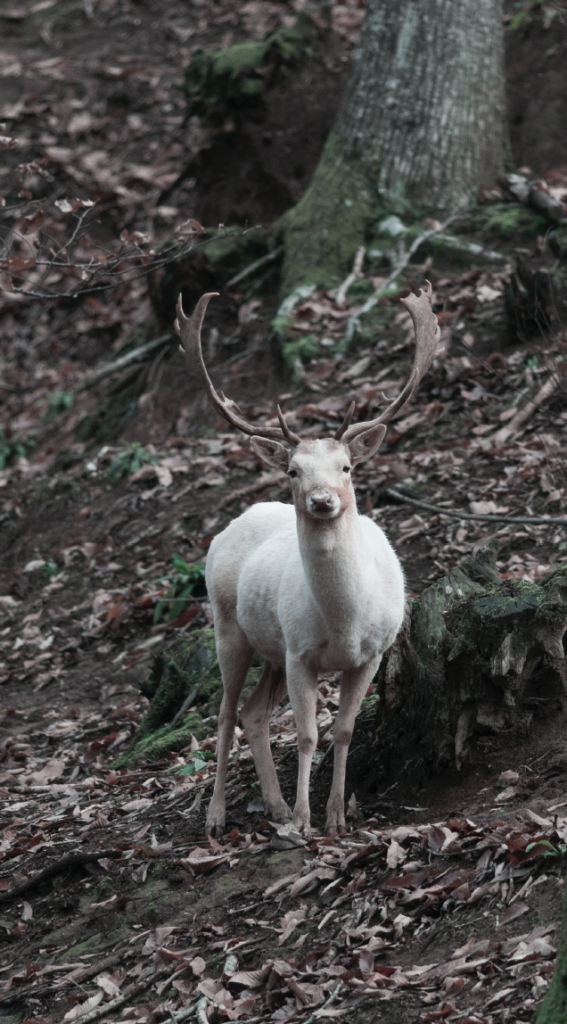
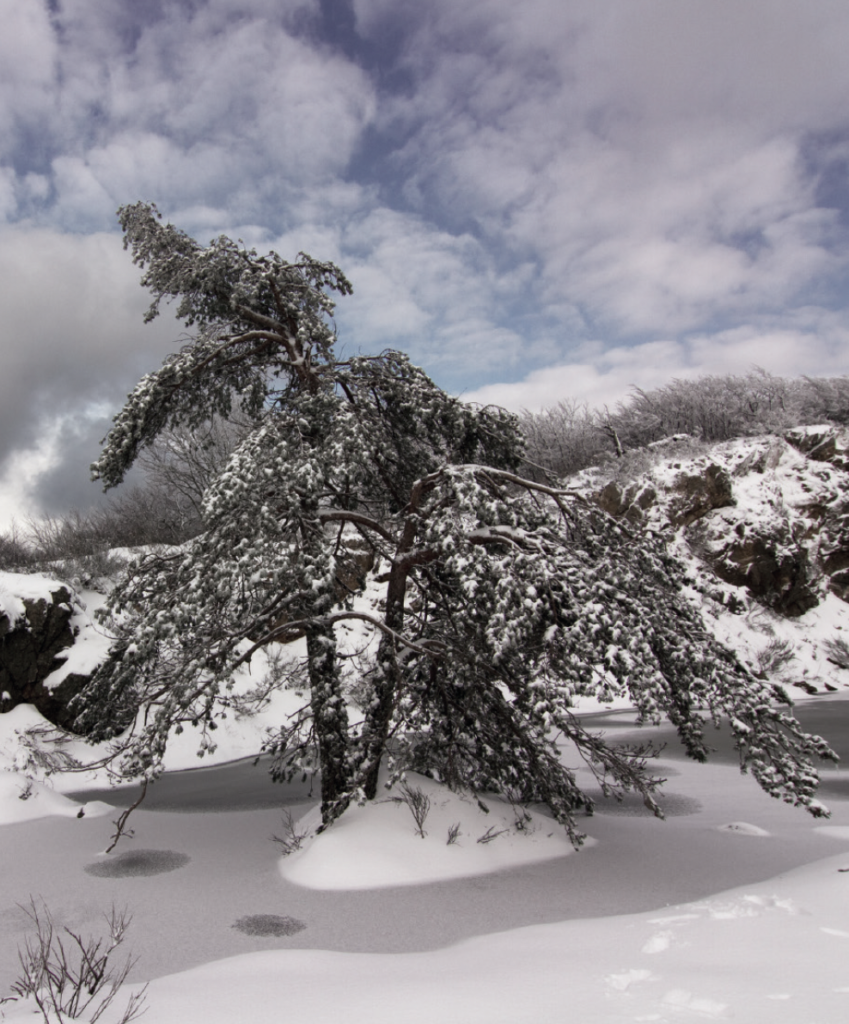
'LARICIO'
When talking about how the special conditions of this land have created peculiar and valuable ecotypes, we should not limit ourselves to thinking only of the silver fir. Along the way, we often encounter true colonnades formed by brown-grey plates. We are talking about the larch pine, a subspecies of Pinus nigra. This variety, the most widespread of which is to be found in Calabria, on the Silan plateau in extensive forests mentioned by Pliny, Livy and Virgil, has differentiated in remote times. During the various glaciations, the black pine, a northern species, extended its range towards the south. With the retreat of the glaciers, many specimens remaining in the southern mountains, no longer related to plants of the same species, began an evolution that led them to assume peculiar characters. This species is in fact more slender, can reach well over 40-50 metres, provides better quality timber and is more resistant and adaptable to different temperatures and soils than the black pine. Today, the laricio or silano pine, together with the Byzantine cross, the enhanced cross and the Doric capital, is one of the symbols of Calabria.
FOX
There are few species in the animal kingdom that have such a strong and ambivalent presence in the human imagination as the fox. This small mammal, despite being classified as a carnivore, has a rather varied diet that also includes blackberries and apples when in season. Foxes tend to have a very obsessive attitude towards food and rarely share it with other specimens, which is why they tend to hunt alone and tend to hide the surplus in many small hiding places. It is thought that they act in this way so as not to risk losing their entire supply at once.
Great adaptability, in nature there are 24 different species, they manage to live in a variety of environments from Vulpes barbara in West Africa to Alopex lagopus in the Arctic. More than any other animal, the fox symbolises cunning. An example? It often pretends to be dead in order to attract prey to itself.
'FRAGARIA VESCA'
There is a living relationship between food and territory that in the Serre is expressed in flavours and aromas rich in contrasts and often recalling the woods. Fragaria vesca, more commonly known as wild strawberry, is a clear example of this. This spontaneous species of the undergrowth is the basis for the production of one of the delicacies of these areas: the well-known liqueur ‘Fragolino’ with its gentle and tasty flavour. Along the way we will come across many of these plants which, when in optimal vegetative condition, spread in the form of colourful colonies filling the air with their intense fragrance.
'POLIPODIO'
It will happen, along the way, to cross wet and shady areas due to the presence of streams or spring waters. It is here, perhaps near fallen trees or clinging to a cliff, that we will find the polypodium. Among ferns, this species is known as sweet fern, false liquorice or mountain liquorice because its slender roots have a taste similar to that of true liquorice. Polypodium is laxative, anticatarrhal, expectorant and emollient. If you look at the underside, you can see small circular buttons called sori, containing the sporangia, structures in which the spores are formed.
